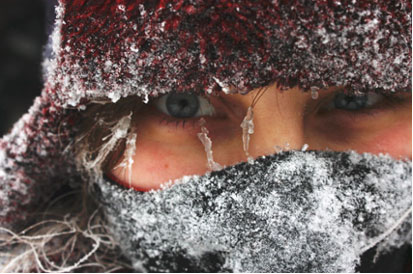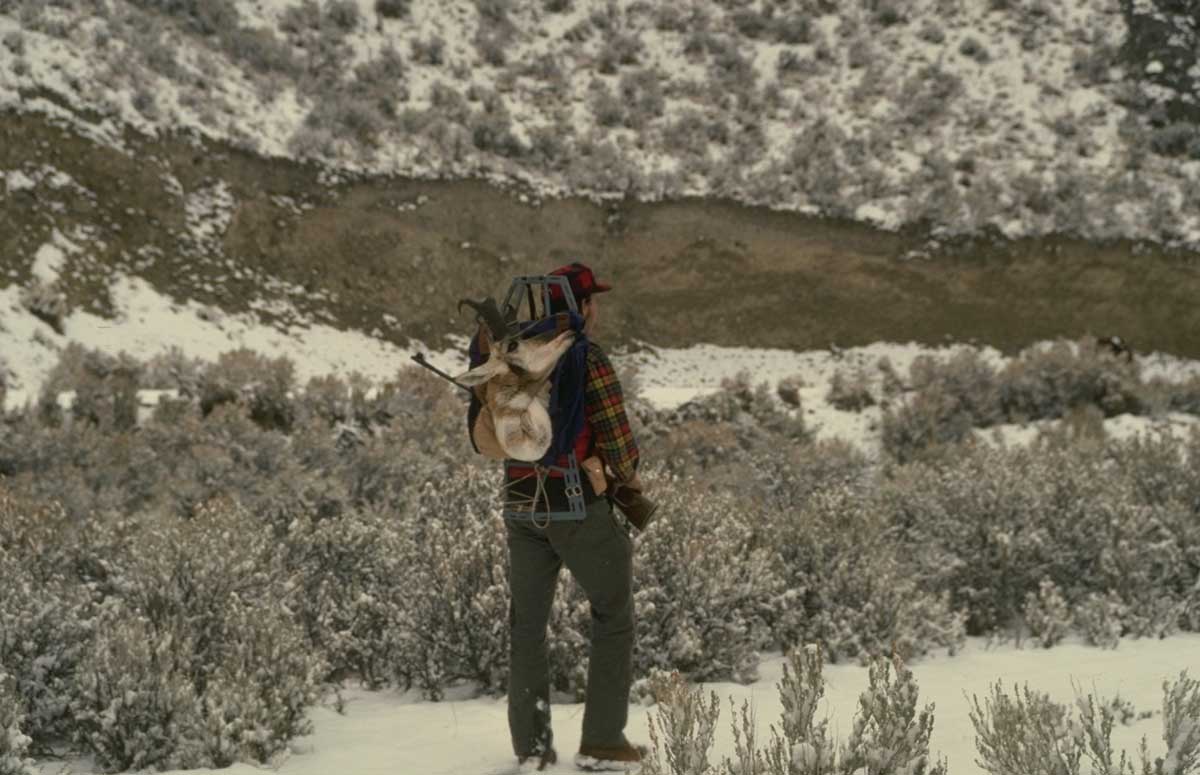Hunt Doctors – Frostbite! What You Should Know
Skiing, snowboarding, snowshoeing and ice fishing are a few of the many outdoor activities Global Rescue members enjoy throughout the year. Common to all of these pursuits is exposure to cold temperatures, which can be dangerous for a number of reasons, with frostbite topping the list.
 What is frostbite?
What is frostbite?
Simply put, frostbite is any injury to body tissues caused by exposure to extreme cold. It will most often affect extremities (fingers, nose, toes and ears) first, due to a bodily process known as vasoconstriction.
When exposed to cold, the body will draw warm, oxygenated, blood away from less-essential parts like the extremities and concentrate it into the body’s core. This allows key systems such as the heart, lungs and brain to stay warm and oxygenated for as long as possible, helping you survive. The effect of this process, however, is that extremities now lack warm, oxygenated blood.
This leaves them vulnerable to freezing. The situation can be exacerbated by alcohol and drug consumption, caffeine, dehydration, constricting clothing, cotton clothing and certain medications.
How do I know if I have frostbite?
Similar to heat burns, frostbite is divided into three levels of severity. These include: frostnip, also called superficial frostbite, partial thickness, or second degree frostbite and full thickness, or third degree frostbite.
Frostnip is the first stage of frostbite.
It affects the outermost layers of skin and tissue. Most people who have spent a significant amount of time outdoors in the cold have experienced it.
Characterized by pale or red skin in the affected area, frostnip can also be identified by a prickly or numb feeling with skin pliable to the touch.
Partial thickness frostbite is the second stage of frostbite.
This stage is more difficult to identify. It affects tissue deeper into the dermis and may present in a variety of ways.
Reddened skin can turn white, greyish blue, or appear wax-like. Some ice crystals may form on the skin as well.
Oddly enough, the skin may start to feel warm to the victim during this stage. After thawing, small blisters and localized swelling may form with associated mild pain.
Severe, or full thickness frostbite
This is the final and most serious stage — when frostbite has penetrated into the tissues, muscle and even the bone in the affected area. Numbness and a loss of all sensation characterize this stage. Large blisters (and swelling) will form on the skin after rewarming and be very painful and sensitive. Later the affected area may turn black. Serious cases may require amputation of the affected extremity.
I have frostbite. Now what?
For frostnip, relatively little treatment is needed. Gentle re-warming of the affected area will be satisfactory.
 For partial or full thickness frostbite, further intervention is needed. First, the victim should shelter or be sheltered from the cold. Medical help should be sought immediately.
For partial or full thickness frostbite, further intervention is needed. First, the victim should shelter or be sheltered from the cold. Medical help should be sought immediately.
Treatment includes soaking the area in water not exceeding 104 degrees Fahrenheit. If the area is hard to the touch, do not press hard on it. If blisters form, do not pop them.
If you are in the field and no hot water or active rewarming is available, skin to skin contact is the best way to rewarm an area. Place bare hands or feet in an armpit, groin or against the abdomen. For hands, you can do this yourself. For feet, you will need a partner. Then gently wrap the area in sterile gauze to prevent infection and gangrene.
Be very careful using a campfire, chemical or fuel powered hot packs/hand warmers, or camp stoves to rewarm areas. The ability to perceive temperature and pain will be severely diminished and burns (and worsening cellular tissue damage) can easily occur even with cheap hand warmers. A burn on top of frostbite will severely complicate recovery.
Be warned: the re-warming of frostbitten areas will be extremely painful, even incapacitating. High grade analgesics would be needed to control it.
Any frostbitten body part should be handled with extreme care to avoid further tissue damage. If the frostbite is on the foot and the person must walk to safety/rescue, the foot should not be re-warmed before reaching safety as the individual will no longer be able to walk once it is thawed.
Regardless, the most important thing is to get medical assistance as soon as possible. Do not expose the affected area to cold again after re-heating. It is critical that the frostbitten are not allowed to refreeze. This could cause serious tissue damage.
Monitoring for signs of hypothermia is also crucial during a frostbite incident because the two often go hand in hand. Signs of hypothermia include drowsiness, severe shivering, surges of warmth and slurred speech. Any altered mental status encountered in a cold or wet environment should instantly arouse suspicion of hypothermia.
Also remember, if someone is wet, due to immersion in water or sweat from overexertion, hypothermia can occur even in relatively warm temperatures (60 degrees Fahrenheit or less). If you or someone in your group is immersed in water, or is beginning to show the first signs and symptoms of hypothermia, it is time to self-evacuate and/or call for help.
Remember that some of the initial signs and symptoms of hypothermia include a marked change in personality and attitude and a loss of judgment. The brain loses its ability to coordinate and balance the body, speech is interrupted and finally, fine-motor skills are lost.
How can I prevent frostbite?
Contrary to popular belief, the temperature does not need to be extreme to present a risk of frostbite. Any temperature below freezing (32 degrees Fahrenheit), or exposure of skin to intense wind and moisture, can result in frostbite.
That being said, staying warm, dry, hydrated and prepared is the best way to prevent frostbite.
Wearing the right clothing is also essential. Know the weather and be prepared with extra layers and proper outerwear. The best way to stay warm when out in the cold is to wear light, non-constricting, layered clothing that will allow for easy blood flow to your extremities while also providing the insulation that your body requires.
If your hands or feet become cold while you are outside, stop and fix it by adding or changing layers before you develop frostbite.
——————————————————————————————————————————————
Safari Club International highly recommends that you purchase a Global Rescue membership prior to your next trip. Single trip, annual and family options are available. For more information visit, www.globalrescue.com/scimag or call 617-459-4200 and tell them you’re a Safari Club International member.

